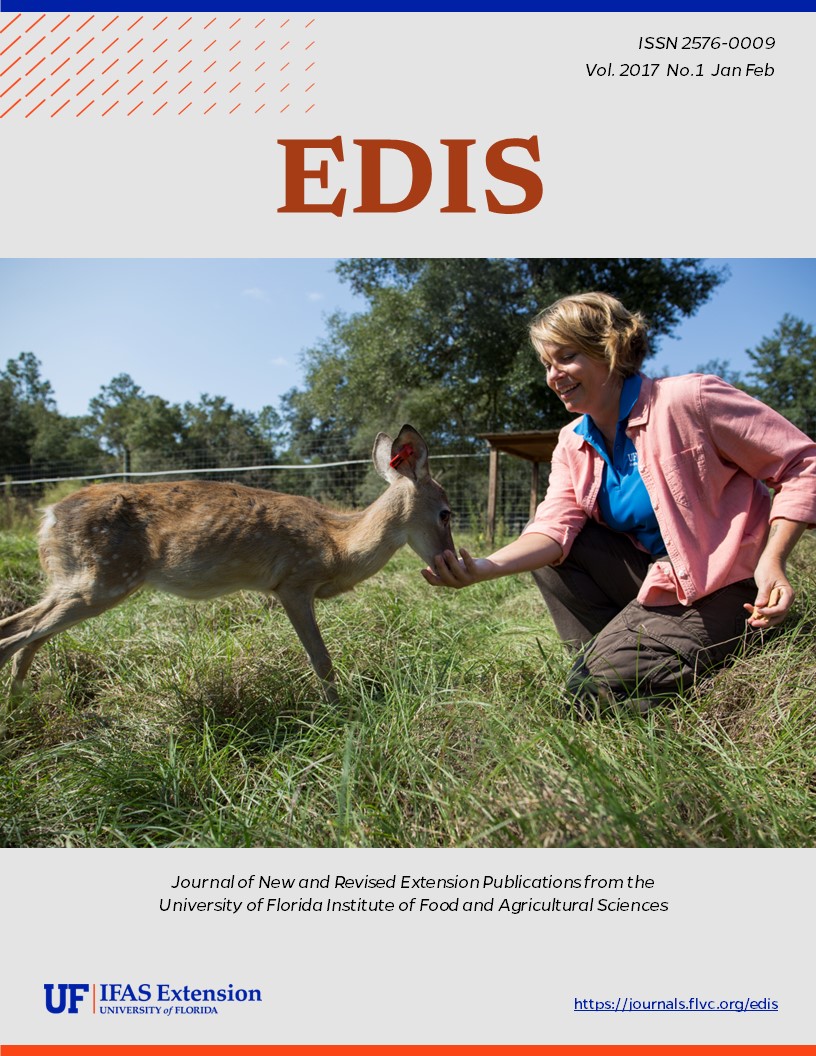Abstract
Several bird species use forest fragments and trees conserved in built areas as breeding, wintering, and stopover habitat. Scientists have created a Building for Birds online tool to help these birds and the people who appreciate them. This evaluation tool is most useful for small developments or developments in already fragmented landscapes.
The tool is designed for use when no opportunity is available to conserve large forest areas of 125 acres or more within a proposed development. Developers are sometimes reluctant to conserve trees and forest fragments in subdivided residential/commercial areas because it costs time and money, but there is value in this conservation effort not only for many different species of forest birds, but for future homeowners waking to birdsong in the mornings.
This 17-page fact sheet written by Mark Hostetler and Jan-Michael Archer and published by the Department of Wildlife Ecology and Conservation describes the online tool and shows how it can help preserve breeding and wintering habitat for migrating birds.http://edis.ifas.ufl.edu/uw417
References
Austen, M. J., Francis, C. M., Burke, D. M., & Bradstreet, M. S. (2001). Landscape context and fragmentation effects on forest birds in southern Ontario. The Condor, 103(4), 701-714. https://doi.org/10.1093/condor/103.4.701
Betts, M. G., Forbes, G. J., Diamond, A. W., & Taylor, P. D. (2006). Independent effects of fragmentation on forest songbirds: an organism-based approach. Ecological Applications, 16(3), 1076-1089. https://doi.org/10.1890/1051-0761(2006)016[1076:IEOFOF]2.0.CO;2
Faeth, S. H., Bang, C., & Saari, S. (2011). Urban biodiversity: patterns and mechanisms. Annals of the New York Academy of Sciences, 1223(1), 69-81. https://doi.org/10.1111/j.1749-6632.2010.05925.x
Robbins, C. S., Dawson, D. K., & Dowell, B. A. (1989). Habitat area requirements of breeding forest birds of the Middle Atlantic States. Wildlife Monographs, 3-34.
Unless otherwise specified, articles published in the EDIS journal after January 1, 2024 are licensed under a Creative Commons Attribution-NonCommercial-NoDerivs 4.0 International (CC BY-NC-ND 4.0) license.

